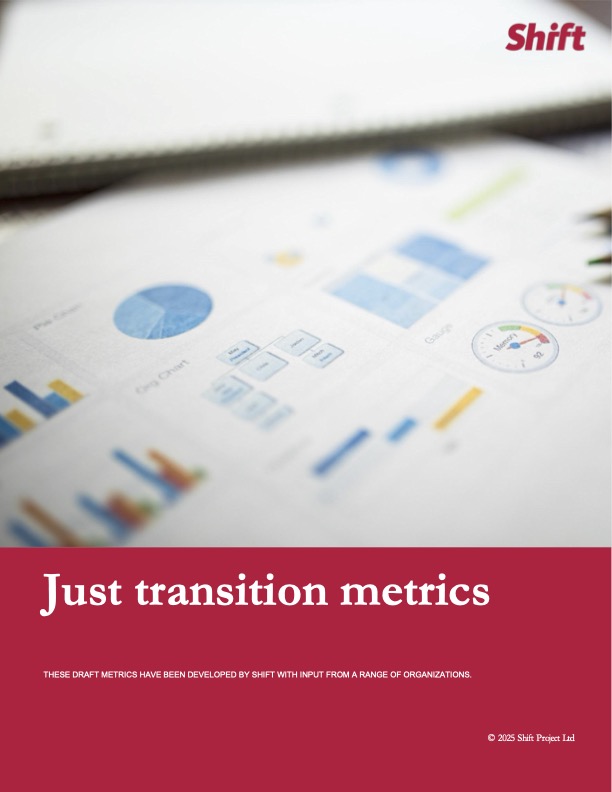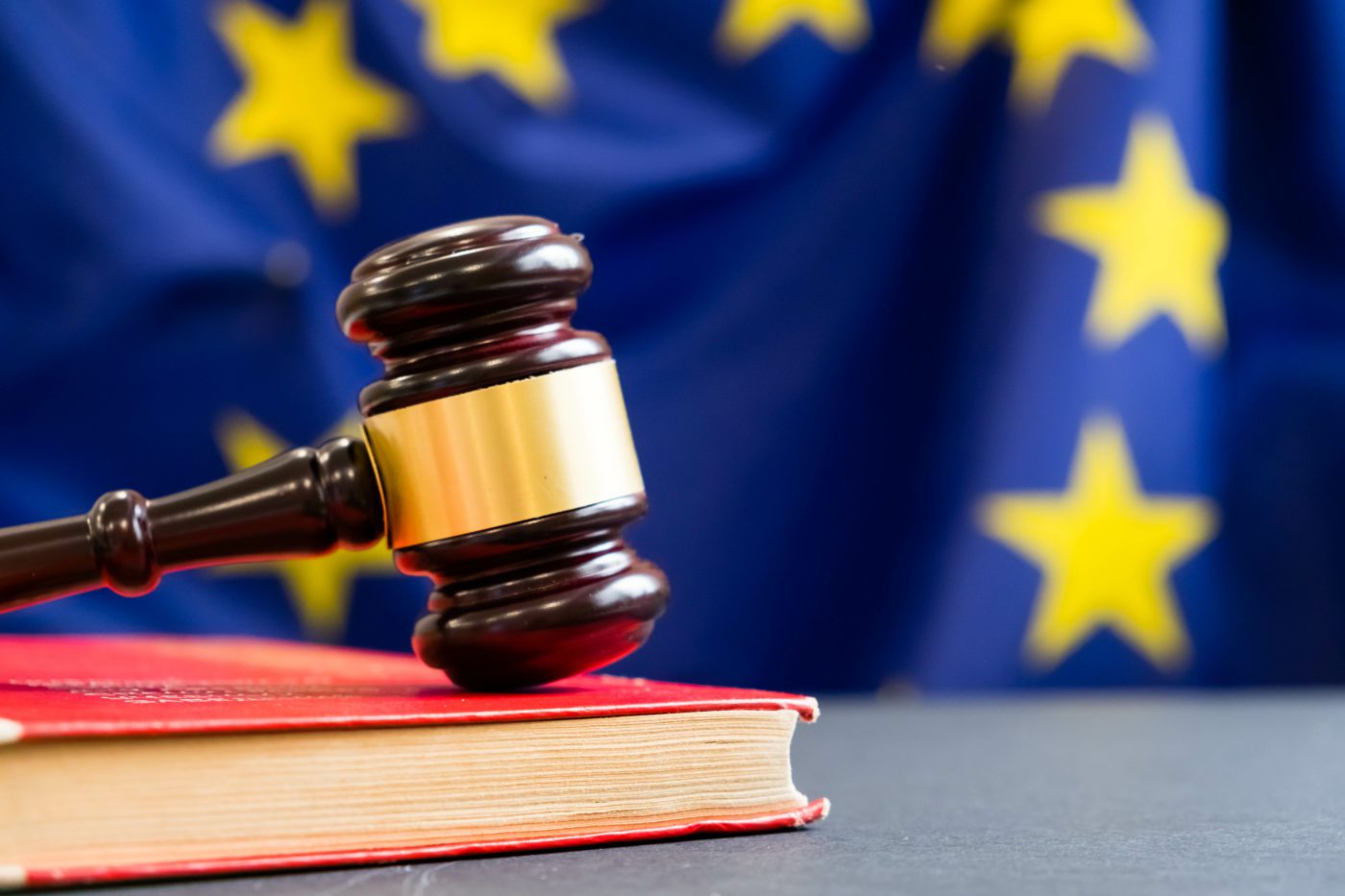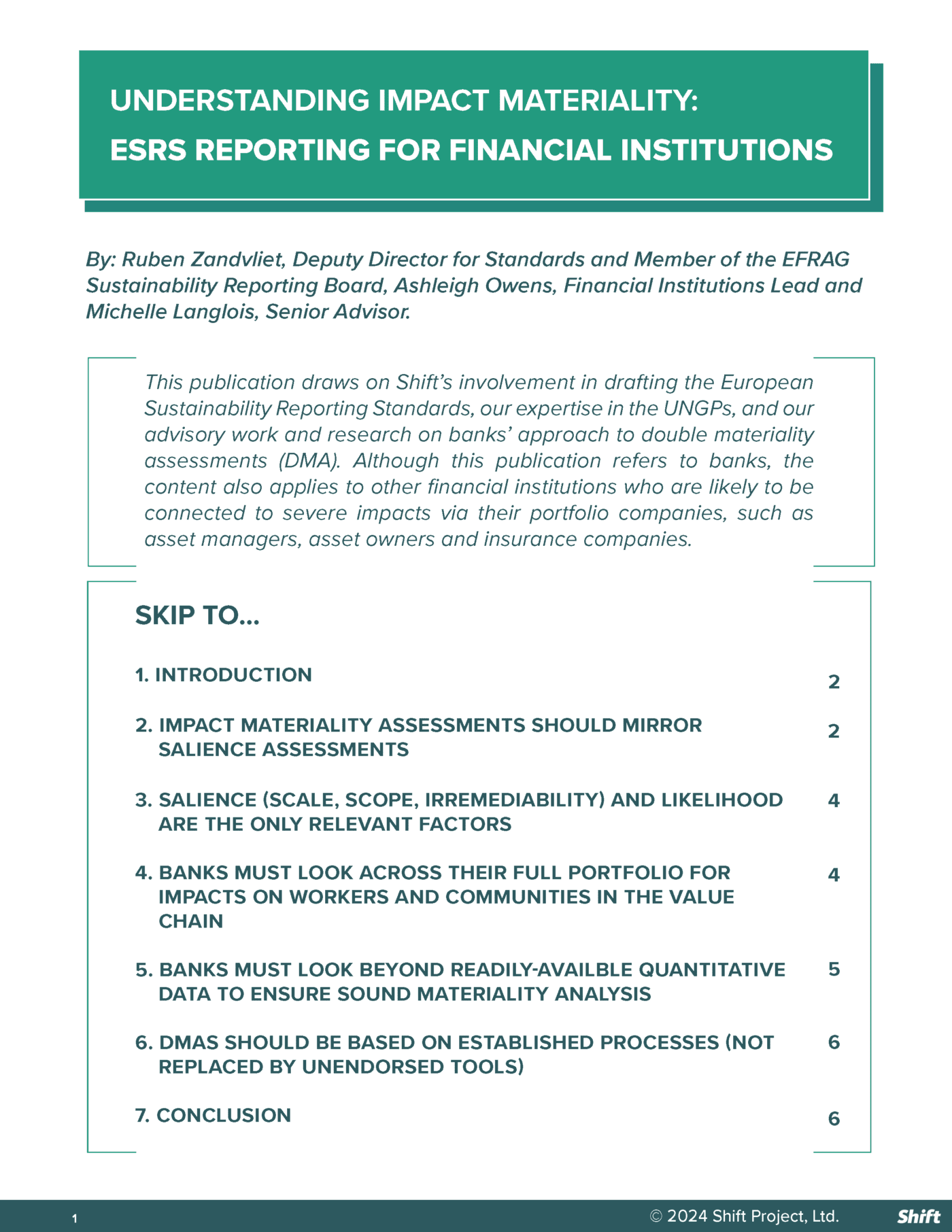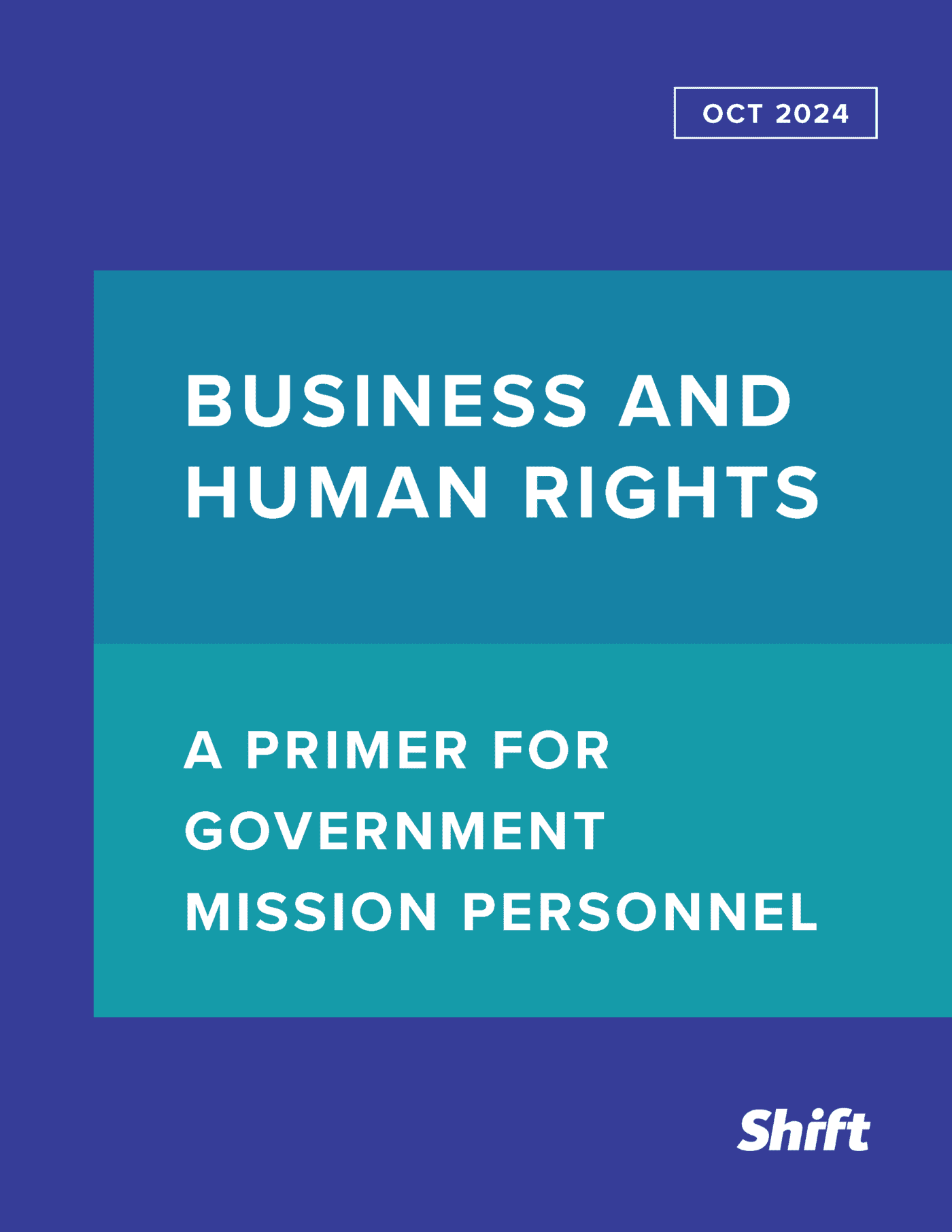The countdown is on! If you handle reporting for a company covered by the French Loi relative au devoir de vigilance des sociétés mères et des entreprises donneuses d’ordre (the « Duty of Vigilance law »), you know it’s almost time to publish the first annual update on the implementation of your vigilance plan.
Here are 5 things to keep in mind when preparing the report:
- You need to do better in 2019.
Last year, Shift examined the human rights reporting of the top 20 largest companies in France, and concluded that, before the law came into force, the majority of those companies did not meet the expectations of the UN Guiding Principles on Business and Human Rights (the global authoritative standard). This raises questions about whether they meet the requirements of the Duty of Vigilance law.
We have begun examining the vigilance plans of those same 20 companies, and early results are consistent with our previous conclusion: most vigilance plans still have a long way to go.
To improve, encourage your company to align its reporting and actions with the UN Guiding Principles. This can help you meet the requirements of the French law, while positioning the company as a leader on future compliance concerns. You can use the UNGP Reporting Framework’s straightforward questions for guidance.
(Learn more about how the UNGPs and the French Duty of Vigilance Law are aligned here.) - Clearly identify the company’s salient issues.
The first step of the human rights due diligence process is to identify the negative impacts a company and its business relationships can have on people. All companies are expected (and, under the French law, required) to disclose their salient (i.e., most severe) human rights impacts. (Learn more about salient issues and why they matter in this video.)
Prioritizing salient issues allows companies to focus resources on managing risks to human rights, and related risks to the business. When it comes to reporting, it’s also what investors and other stakeholders – including directly affected people – want to see companies disclosing.
If your company hasn’t identified its salient human rights issues, explain any steps taken so far, and offer a preview based on the company’s experience and due diligence to date. After all, nothing is set in stone. As some challenges are met, others arise, and a regular salient issues evaluation will keep you on track. - Be transparent about where you are doing well, and where you’re falling short.
Be confident about sharing breakthroughs; everyone needs examples of what works! Be precise about your procedures, initiatives and strategies for ameliorating your most severe human rights risks, and be forthright about things that still need more work.
As in any other risk management process, no company is ever “done” managing human rights issues. The idea is to deliver authentic reporting by being transparent, demonstrating diligence and improvement through lessons learned, and sharing implementation challenges to contextualize the company’s efforts.
You may not yet be able to demonstrate robust implementation of the UN Guiding Principles, but you can certainly convey your seriousness to your stakeholders with your commitment to transparency and accountability on human rights. - Get inspired and encouraged by other companies and their journeys.
Moving forward on the UN Guiding Principles and the French law can take time, but you are certainly not the only company trying to do so. Many companies in and outside of France have already begun pushing the boundaries on meaningfully acting and reporting on human rights issues. Companies like Unilever, ABN AMRO, ING, Ford, Ericsson, Microsoft, H&M, Nestlé and Newmont have made great strides in their efforts to improve their disclosure, publishing generally stronger and more transparent sustainability reports.
To highlight one example in France, our early research shows that Orange made a significant jump in maturity from previous years. Orange’s vigilance plan is much more comprehensive and transparent than most of its peers’, making clear the company’s process for identifying its salient human rights issues, and implementing its obligations under the Duty of Vigilance law and its responsibility to respect human rights under the UN Guiding Principles.
If reporting processes spark the right kinds of conversations inside the company and glean meaningful information, they become an integral part of how the company identifies and manages human rights risks. - View reporting processes as a risk management investment.
If reporting processes spark the right kinds of conversations inside the company and glean meaningful information, they become an integral part of how the company identifies and manages human rights risks. This process can illuminate potential gaps in management, providing an annual opportunity to assess, redress and improve.
For more guidance, check out Sherpa’s new Guide de Référence pour les Plans de Vigilance , Elsa Savourey’s “Trois Recommendations pour Avancer”, and our most recent report Human Rights Reporting in France: A Baseline for Assessing the Impact of the Duty of Vigilance Law”.

 By Michelle Langlois
By Michelle Langlois



